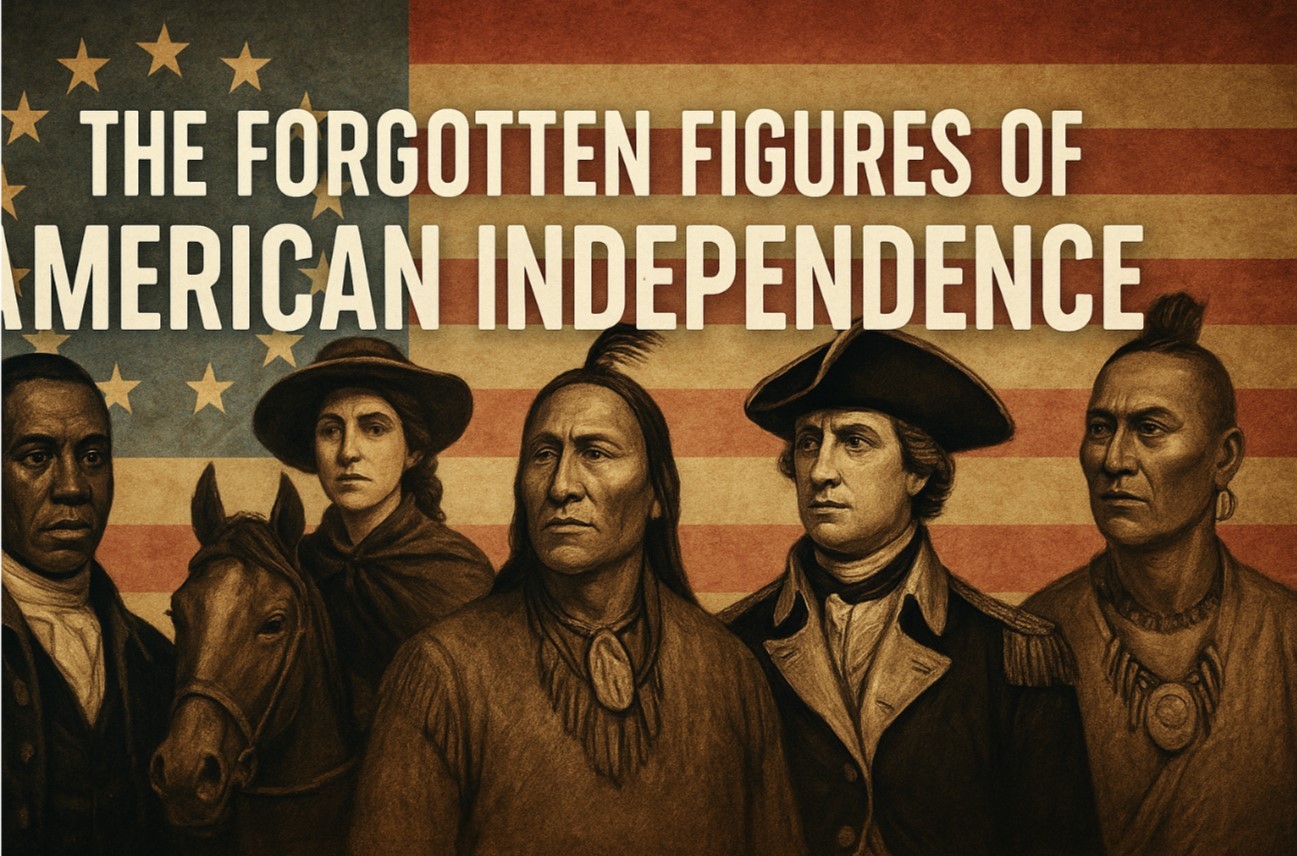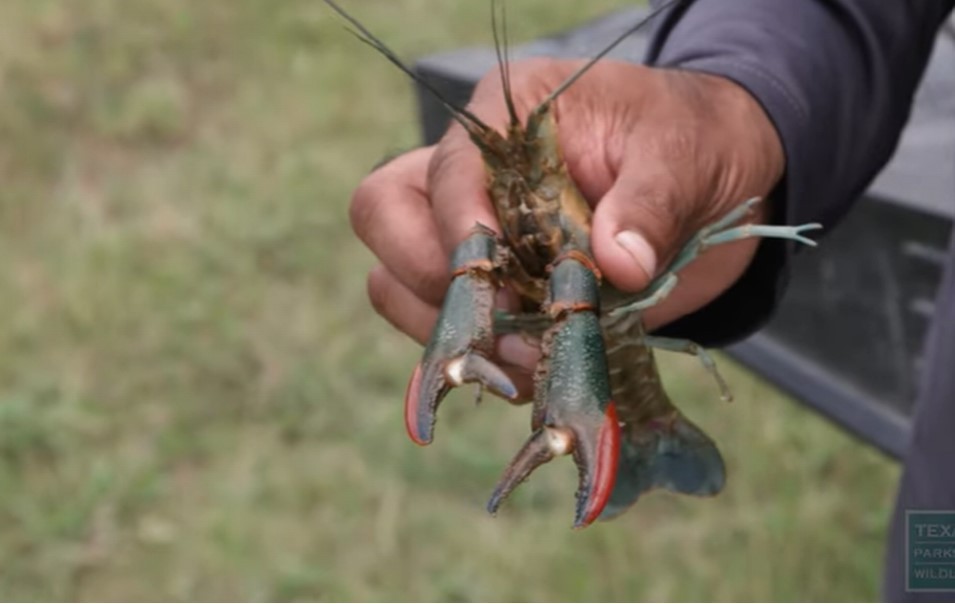Texas Independence Day (March 2): History, Celebration
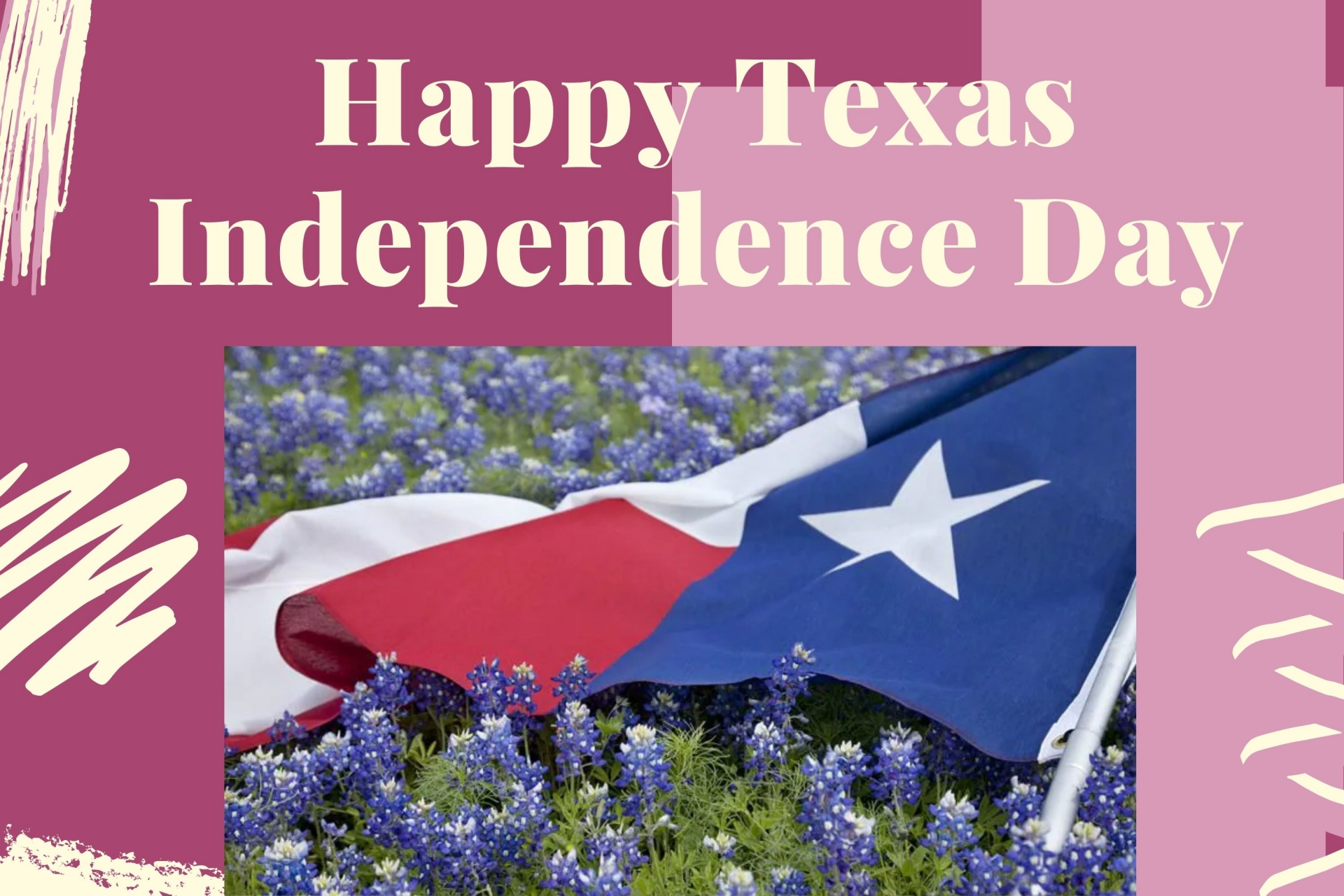 |
| Texas Independence Day. Photo: KnowInsiders |
For the proudest of Texans, it's the most important day of the year. It's a holiday that no other state can claim. March 2 is Texas Independence Day.
When is Texas Independence Day?
Texas Independence Day is a state holiday in Texas that observed on March 2nd irrespective of what day of the week it falls on.
The holiday marks the adoption of the Texas Declaration of Independence from Mexico on March 2nd 1836.
History of Texas Independence Day
Texas is the second-largest state in the United States by size and population and seems such an integral part of the USA that it may surprise those outside the US to find out it has quite a complicated history with many changes in status. In total, six nations have had sovereignty over some or all of the current territory of Texas.
Early in the 16th century, Spanish explorers mapped the coastline of Texas and nominally claimed the land for Spain but didn't settle the region. In the late 17th century, France claimed the region and established Fort St. Louis in 1685. This reinvigorated Spain's interest in the area and the territory was taken back from France.
In 1821 Mexico gained its independence from Spain and claimed Texas as part of its territory.
At that time, Mexico saw the greatest threat to its borders as the Comanche nation. To counteract this, they encouraged American settlers to colonize Texas. In 1821, American Stephen Fuller Austin established a colony in Texas. He arrived with around 300 families and the colony grew rapidly, but also they began to have many disagreements with the Mexican government.
In 1824, a new Mexican constitution had combined Texas with Coahuila to form the province of Coahuila and Texas, which caused further resentment with the colonists who saw themselves as Texian* rather than Mexican.
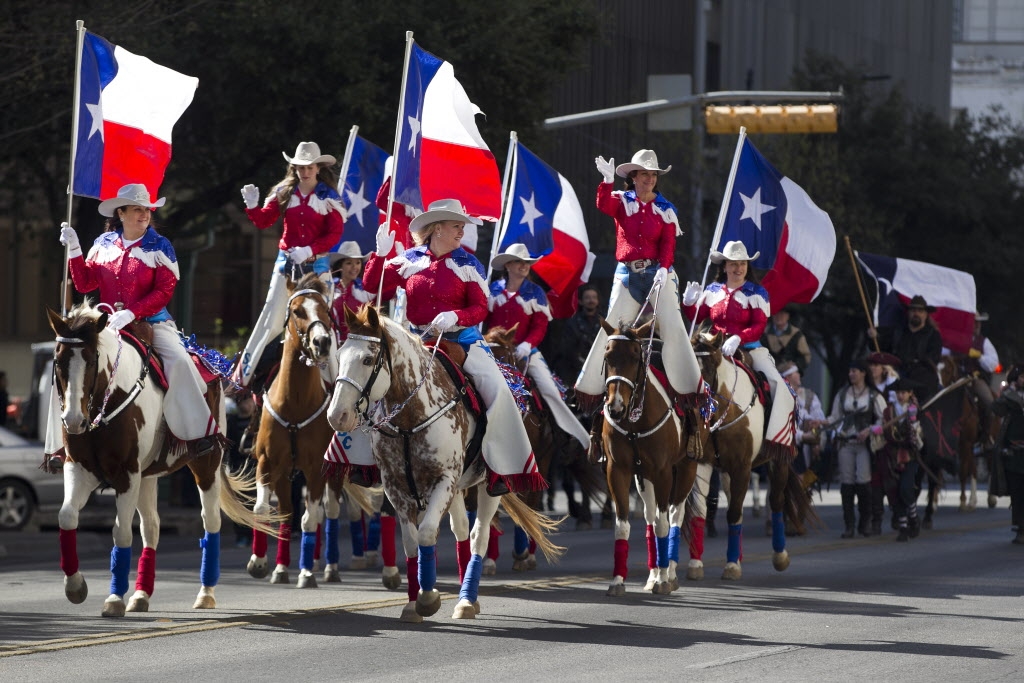 |
| Photo: Dallas Morning News |
In 1833 the Texians demanded certain changes including that Texas would become a separate province of Mexico. Stephen Austin was arrested and detained when he travelled to Mexico City to present the demands to President Santa Anna.
The discontent in Texas eventually sparked the Texas Revolution in 1835, with the Texians winning the battle of Gonzales in October of that year.
On March 2nd 1836, the Texans declared their independence from Mexico, forming the Republic of Texas.
Famously, at the Battle of the Alamo in 1836, 180 Texians held off 4,000 Mexican soldiers for thirteen days before being killed on March 6th.
On April 21st 1836 the Texians, led by General Sam Houston, defeated the Mexicans at the battle of San Jacinto. After the battle, the Texians captured the Mexican president and forced him to sign a treaty making Texas independent. Sam Houston was elected president of Texas in 1836. (The city of Houston, Texas was named after him).
Although Texas had declared independence, it remained vulnerable to attacks from Mexico. Sam Houston convinced the Texian leaders that joining the United States was the best option and on December 29th 1845 Texas was admitted as the 28th state.
Houston was removed from office as Governor of Texas when it seceded in 1861, after refusing to take an oath of allegiance to the Confederacy. Houston died in 1863 before he could see Texas return to the Union.
*Texians were residents of Mexican Texas and, later, the Republic of Texas. The residents of Texas after admission to the US are called Texans.
Sixty delegates signed the Texas DeclarationThree of them were born in Mexico. Fifty-seven of the sixty moved to Texas from the United States. Ten of them had lived in Texas for more than six years, while one-quarter of them had been in the province for less than a year. This is significant, because it indicates that the majority of signatories had moved to Texas after the Law of April 6, 1830, banning immigration, had taken effect, meaning that the majority were legally citizens of the United States, occupying Texas illegally. Fifty-nine of these men were delegates to the Convention, and one was the Convention Secretary, Herbert S. Kimble. |
The Texas Declaration of Independence was produced, literally, overnight. Its urgency was paramount, because while it was being prepared, the Alamo in San Antonio was under siege by Santa Anna’s army of Mexico. The document was the formal declaration of independence of the Republic of Texas from Mexico in the Texas Revolution. During the siege of the Alamo in 1836, a convention of delegates selected five men to draft a Declaration of Independence. It was adopted on March 2, 1836, at the Convention of 1836 at Washington-on-the-Brazos. Sixty delegates from all over Texas signed the declaration. Its language in many ways parallels the 1776 Declaration of Independence of the United States.
The declaration was approved with no debate. Based primarily on the writings of John Locke and Thomas Jefferson, the declaration proclaimed that the Mexican government “ceased to protect the lives, liberty, and property of the people, from whom its legitimate powers are derived” and complained about “arbitrary acts of oppression and tyranny”. The declaration officially established the Republic of Texas.
The declaration mentions the following reasons for the separation:
• The 1824 Constitution of Mexico establishing a federal republic had been usurped and changed into a centralist military dictatorship by Gen. Antonio Lopez de Santa Anna.
• The Mexican government had invited settlers to Texas and promised them constitutional liberty and republican government, but then reneged on these guarantees.
• Texas was in union with the Mexican state of Coahuila as Coahuila y Tejas, with the capital in distant Saltillo, and thus the affairs of Texas were decided at a great distance from the province and in the Spanish language.
• Political rights to which the settlers had previously been accustomed, such as the right to keep and bear arms and the right to trial by jury, were denied.
• No system of public education had been established.
• The settlers were not allowed freedom of religion.
Based upon the United States Declaration of Independence, the Texas Declaration also contains many memorable expressions of American political principles:
• “the right of trial by jury, that palladium of civil liberty, and only safe guarantee for the life, liberty, and property of the citizen.”
• “our arms … are essential to our defense, the rightful property of freemen, and formidable only to tyrannical governments.”
On March 6, 1836, following a week’s long siege and with few reinforcements, the Alamo fell. Some 182 Texan defenders lost their lives, including William Barrett Travis, David Crockett, and James Bowie, but not before inflicting death on 1,600 Mexicans. Unknown to those fallen Texans, Texas had declared itself an independent republic during the battle on March 2, 1836.
Leading up to the signing, even after, battles raged on
According to the Gilder Lehrman Institute of American History, the Texas Declaration of Independence was issued during a revolution against the Mexican government that began in October 1835 following a series of government edicts including dissolution of state legislatures, disarmament of state militias and abolition of the Constitution of 1824.
By December 1835, Texans (Anglo-American settlers) and Tejanos (Texans of mixed Mexican and Indian descent) captured the town of San Antonio. Two months later, on February 23, 1836, Mexican troops under Gen. Antonio López de Santa Anna arrived in San Antonio to retake the city. Although Sam Houston ordered Texans to abandon San Antonio, a group of rebels decided to defend the town and make their stand at an abandoned Spanish mission, the Alamo.
For 12 days, Mexican forces laid siege to the Alamo. On March 6, four days after Texas declared independence, Mexican troops scaled the mission’s walls; 183 defenders were killed, including several Mexicans who had fought for Texas independence, and their oil-soaked bodies were set on fire outside the Alamo. The Republic of Texas won its independence on April 21, 1836, with a final battle along the San Jacinto River.
How to Celebrate Texas Independence
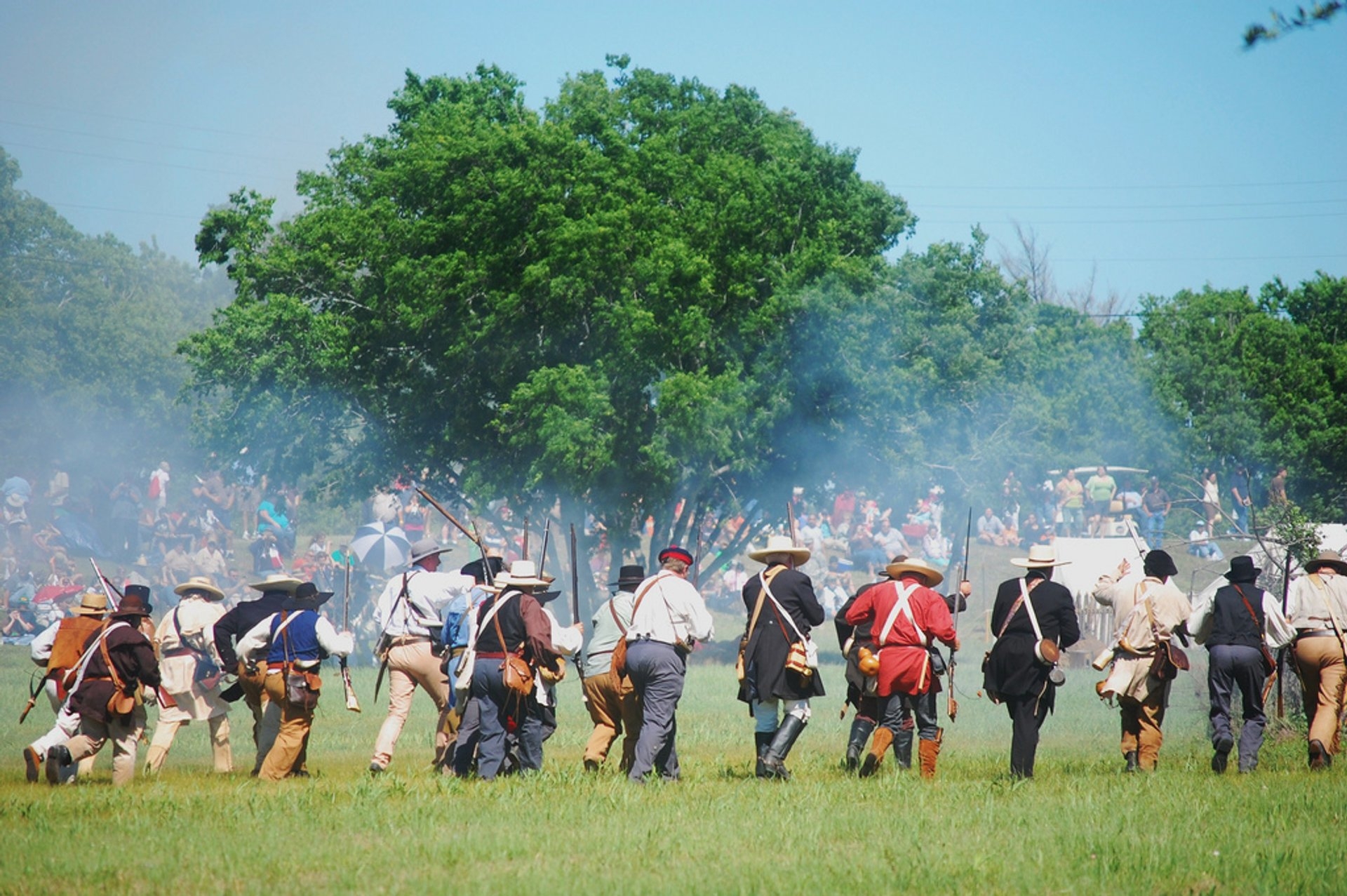 |
| Photo: Rove.me |
Marvel at the San Jacinto Monument.
Located at the La Porte site of the climactic 18-minute battle that won Texas’s independence from Mexico, the San Jacinto Monument and its museum are a must for any history buff. Oh, and did we mention that the obelisk is taller than the Washington Monument in DC?
Explore Sam Houston Park.
Wander this 20-acre state historical site, established by former mayor Sam Brashear way back in 1899. On site are historic old buildings, run by the Heritage Society, that tell the story of both Houston and Texas. Get a glimpse of frontier life in the 1823 Old Place cabin, or gawk at Houston’s oldest brick building, the Kellum-Noble House, which was built in 1847, two years after Texas’s independence. Also check out the Heritage Society’s Texas History Month kick-off event tomorrow, LIVE from The Heritage Society with Mister McKinney on Facebook Live.
Spend some time in Houston’s oldest public park.
In 1872 a group of former slaves established Emancipation Park on a plot of land they’d purchased for $800. Now part of the Emancipation National Historic Trail and the UNESCO Slave Route Project, the park has an awesome guided history tour, which you can take virtually, seeing as most of the park’s facilities are still closed because of the pandemic.
Learn about all the creatures that call Texas home.
A permanent exhibition at the Houston Museum of Natural Science, the Farish Hall of Texas Wildlife features dioramas of our state’s many different ecosystems, and all the animals that live in them. The second-floor exhibition features around 250 different species, including endangered animals like ocelots, whooping cranes, and attwater’s prairie chickens.
Sing along to some of Texas’s greats.
A slew of Texas artists are hosting a live-stream concert tonight in honor of Texas Independence Day. Country singer Pat Green is hosting the event via Facebook Live at 8 p.m., with appearances from the likes of Aaron Watson, Casey Donahew, Josh Abbott, Randy Rogers, and more.
Quotes about Texas
"You may all go to Hell, and I will go to Texas." - Davy Crockett
"Texas is neither southern or western. Texas is Texas." - Senator William Blakley
"I done drew the line. Just like the Alamo. You're either on one side of the line or the other. I don't want to ever leave Texas again!"- Bum Phillips
"Texas is a state of mind. Texas is an obsession. Above all, Texas is a nation in every sense of the word." - John Steinbeck
"Some folks look at me and see a certain swagger, which in Texas is called 'walking.'" - President George W. Bush
"If a man's from Texas, he'll tell you. If he's not, why embarrass him by asking?" - John Gunther
"Football is to Texas what religion is to a priest." - Tom Landry
 10 Best Car Insurance Companies In Texas With Cheapest Quotes and Good Services 10 Best Car Insurance Companies In Texas With Cheapest Quotes and Good Services There are also many car insurance companies with different ranges of prices and good services in Texas. So, which ones that are affordable and still ... |
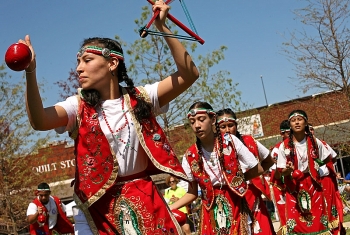 Facts About Texas - The Second Biggest State In America Facts About Texas - The Second Biggest State In America What is the second-biggest state in the US? Texas has the second largest population in the United States with much interesting information about nature, culture, ... |
 10 Longest and Most Beautiful Rivers in Texas 10 Longest and Most Beautiful Rivers in Texas There are 11,247 named Texas streams identified in the U.S. Geological Survey Geographic Names Information System. Check out the 10 longest and most beautiful rivers ... |

